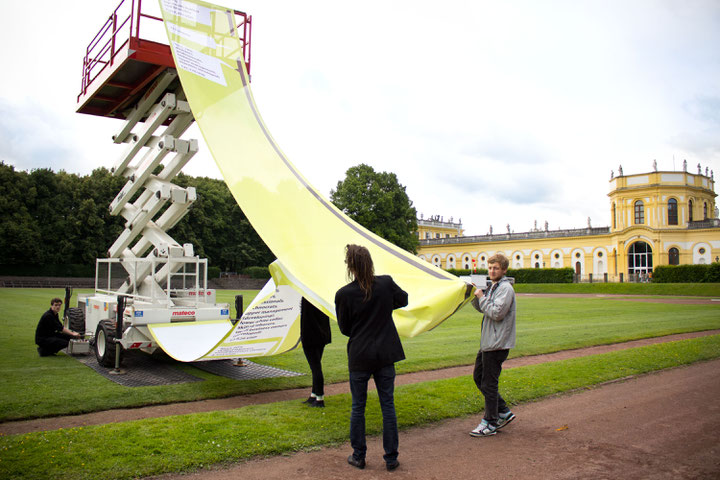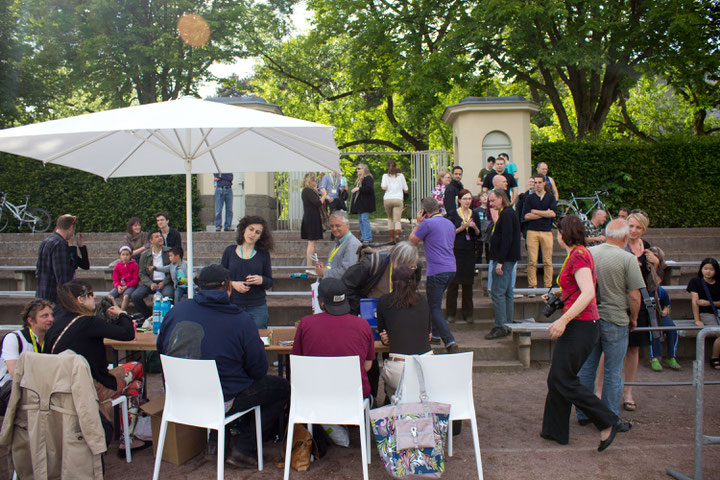Anyone interested in slowing, stopping, or reversing the tide of neoliberal authoritarianism has to be rather depressed and pessimistic. With this economic and political system now hegemonic on a global scale, and the most successful resistance movement is a medieval throwback into the worst social, political, and economic practices of the pre-enlightened past, the argument that the vast majority of global citizens are unwillingly participating in a race to the bottom appears reasonable if not compelling. However, even in such dark times, neoliberal victory is not complete. The control system is full of cracks, torn sutures, dark and gray spaces, and appropriated territories that allow for new forms of resistance to emerge and expand. Moreover, the extreme alienation produced through the downward spiral can have a cultural effect that can drift into economic and political relations of opposition and generate new micro biopolitical systems.
At the same time, resistant cultural constructions are on the radar of powerful authoritarians in way never seen before. The one time focal point of status quo defense, the conjunction between economy and state, now includes the once minor annoyances of counterculture formations (especially if they form at an institutional level). For example, the more recalcitrant elements of the university (arts, humanities, and social sciences) have increasingly become sites of oppressive intervention, leaving only the option of collective self-organization of knowledge outside the university as means to critical learning. These elements of educational bureaucracy are, slowly in Europe, and rapidly in North America and the UK, being reconfigured to conform to neoliberal rhetoric, processes, and relations. Whether a student is studying business administration or fine art, the same way of acting in the world is being replicated. Regardless of discipline, students are encouraged to ask: Who is my target audience; how do I brand and advertise my product; what is utility of my relationship with others; how can technology support my task; and how does my educational “dollar” support my ability to answer these questions? While the colonization of the student demographic through debt is a successful means to extract profit from those who it was once believed should kept separated from the practice of usury, it also engrains a fear of personal economic crisis that urges students to value profit and utility above all other possible principles that could guide social relations.
Much the same can be said of cultural production in the visual arts. As with funding for education, public and not-for-profit funding for the arts is increasingly absent. This absence occurs on both individual and institutional levels. And why wouldn’t this happen, when cultural institutions are so perfectly reflecting the neoliberal economic demand that the “market forces” should direct the production and consumption of representation. The market in visual arts alone, according to the European Fine Art Foundation, is worth over 60 billion dollars per year (2013). Add on the near incalculable profits from other visually based creative industries such as design, gaming, and cinema, and those who follow this area of market development are generally happy with the current trends. The various forms of “higher” education supply responsive labor for both market maintenance and product development, while the institutions of taste-making (museums, elite art fairs, and cultural centers) fall into a symbiotic relationship with profit-making institutions and the direct investor class, creating spirals of legitimation that increase the value of the collections of all involved. The market has become so lucrative that even the indirect investment class has entered it, developing various financial instruments that adds visual art into a plane of equivalence and abstraction that can be digitally traded, bet for or against, or banked right along with mortgages or pork bellies depending on the buyer’s investment strategies. These possibilities put even more money on the table, and thus serve to further separate elite culture from those locked in the struggle of everyday life. Radical inequality becomes the dominant condition of all the institutional elements that form society.
In spite of the many problems listed in this pessimistic synopsis of the cultural present in the Western world, the institutions of legitimated creativity and artistic specialization still have recruiting difficulties. CAE would hypothesize that currently young artists are turning toward models of resistant cultural practices in such numbers that the model of how one preforms the role of an “artist” and the outcomes of that performance has bifurcated into two very distinct fully formed models [“legitimated creativity” being the first of these two models]. The more recent one includes interventionist, ecological, hacktivist, tactical media, community outreach practices, and many more that concern themselves with social change projects that act against neoliberal economy and ideology. While this latter-day model is still marginal in economic terms, it is competitive in social terms—so much so that weapons of recuperation have been launched to neutralize any radical repercussions it could have. Among the worst offenders are “social practices” and “relational aesthetics.” The bargain that is being struck and supported by cultural institutions and universities is that they will accept process-based, interdisciplinary work within the social sphere as a legitimate cultural practice as long as it is decoupled from minoritarian politics and the critique of power.
We would further suggest that part of the reason this marginal alternative has become an antinomy is because the current generation of young artists has been fully confronted with the raw brutality of neoliberalism since the time they were old enough to comprehend what economic and social relations are. They have been relentlessly exposed to unemployment, debt, and war, and the alienation, insecurity, and desperation that come from these states of disruption and degradation. For those who haven’t fallen into a vortex of unbearable conformity through fear, their only other choice is to fully step away from the norm. Widespread discontent and desperation among those who expect not to be is a social-psychological condition well suited to the emergence of new biopolitical operations. The classic example in US history is the Civil Rights Movement. After the passing of the Civil Rights Act in 1964, the golden dawn of equality never came. The disappointment that followed caused a radical shift that was only amplified after the political failures of 1968. Strategies of assimilation and the call for ethical social relations came to an abrupt end, and those of the defense of difference and the critique of racial power took their place. In more recent times, the Occupy Movement disrupted political normativity and centrality by refusing to repeat the ways of the past. Most significantly, they had no leading spokespeople, nor a list of demands tethered to a particular source of power that needed to yield to them. Instead, they let the relations emerging in the public sphere speak for themselves. Through a coalition of the dissatisfied unable to maintain the illusion of middle-class status, but believing that enough wealth exists for all to share in this economic position, a new, contrasting biopolitics took shape. These conditions have proven fruitful in the past, and very well could be again, if we seize the opportunity contained in the crisis.


